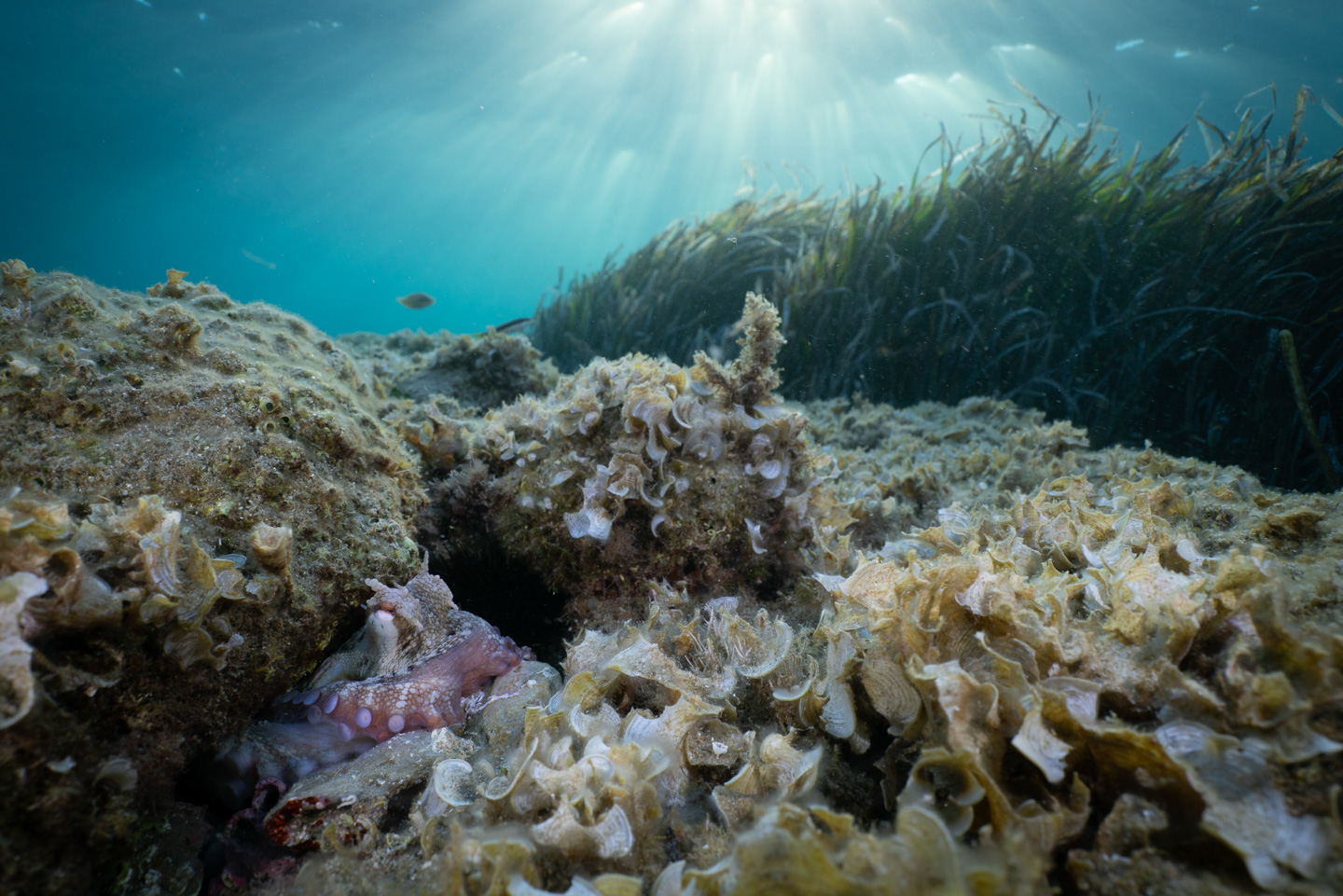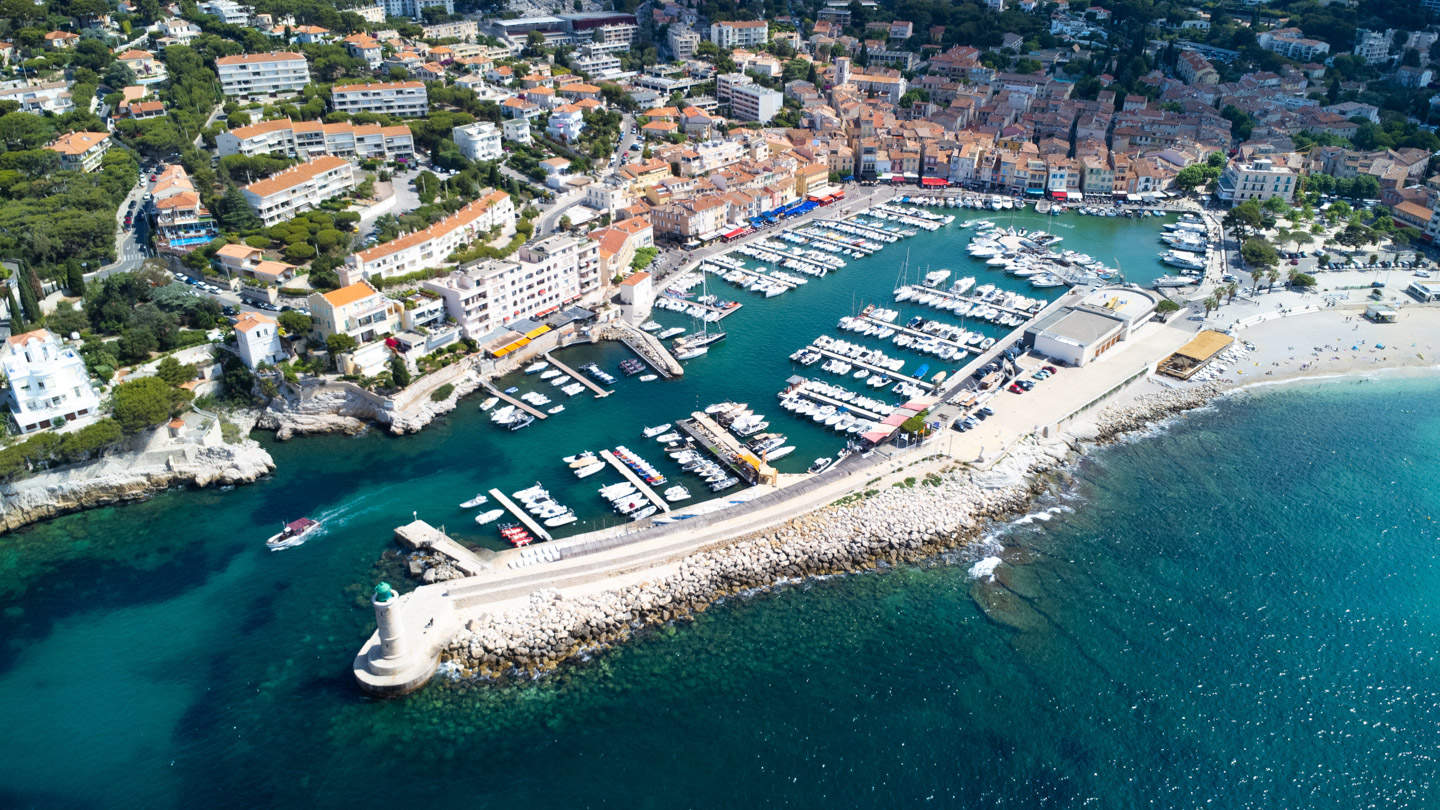What is Blue Finance ?
In essence, Blue Finance is a financial strategy designed to support and promote the sustainable use of marine resources. It encompasses a range of financial mechanisms, policies and investments designed to encourage the protection, conservation and responsible management of our oceans, seas and coastal zones. Unlike traditional financing, Blue Finance takes into account the long-term health and resilience of marine ecosystems, recognizing that they are not only essential to the environment, but also to the global economy.
Potential Blue Finance projects include resource regeneration, zero pollution and nature-based solutions (NBS), including carbon sequestration (Perrissin-Fabert & Doyennette, 2021).
What are the mechanisms used in Blue Finance?
Today, many different Blue Finance mechanisms are used by impact investors, companies and philanthropists. Impact investments occupy a special place in Blue Finance, as they are based on three pillars:
- Intention (intention to achieve a social or environmental objective).
- Contribution (the investor influences the outcome of the project).
- Measurement (a system for measuring impact must be put in place).
C
This concept can be observed in many mechanisms such as grants, equity investments, blue bonds or even carbon credits (Iarossi et al., 2019).
When several traditional and innovative financing mechanisms are used in marine conservation, we speak of « Blended Finance ». Blended Finance is an approach that uses different sources of funding from the public and private sectors. To facilitate returns for impact investors, public finance can be used as a « crowding-in » effect that reduces investor risk and/or increases returns in the form of guarantees (Christiansen, 2021).
The Example of the Seychelles Blue Bond Issue
The Seychelles, a beautiful archipelago in the Indian Ocean, is a pioneering example of Blue Finance in action. In 2018, the government launched the world’s very first sovereign Blue Bond (World Bank, 2018). This innovative financial instrument raised $15 million from international investors and marked a milestone in ocean conservation. It works by directing the funds raised towards various marine conservation and sustainable fishing projects. These projects not only help to protect the country’s rich marine biodiversity, but also provide sustainable livelihoods for coastal communities (World Bank, 2018).
Blue finance represents a promising avenue for addressing economic and environmental challenges. As the world faces an urgent need for conservation, Blue Finance offers hope for preserving our blue planet. »
Sources :
Christiansen, J. (2021b). Securing the sea: ecosystem-based adaptation and the biopolitics of insuring nature’s rents. Journal of Political Ecology, 28(1). https://doi.org/10.2458/jpe.2899
Iarossi, G., Gregory, N., & Lankes, H. P. (2019). Creating Impact: The Promise of Impact Investing. Washington, D.C. International Finance Corporation. https://www.ifc.org/wps/wcm/connect/66e30dce-0cdd-4490-93e4-d5f895c5e3fc/The-Promise-of-Impact-Investing.pdf?MOD=AJPERES
Perrissin-Fabert, B., & Doyennette, L. (2021). La finance bleue: Rapport de mission pour la Ministre de la mer, Annick Girardin. Ministère de la mer. https://www.vie-publique.fr/rapport/280853-la-finance-bleue-rapport-de-mission-pour-la-ministre-de-la-mer
Banque mondiale (2018). Les Seychelles lancent le premier Blue Bond souverain au monde. https://www.worldbank.org/en/news/press-release/2018/10/29/seychelles-launches-worlds-first-sovereign-blue-bond »





